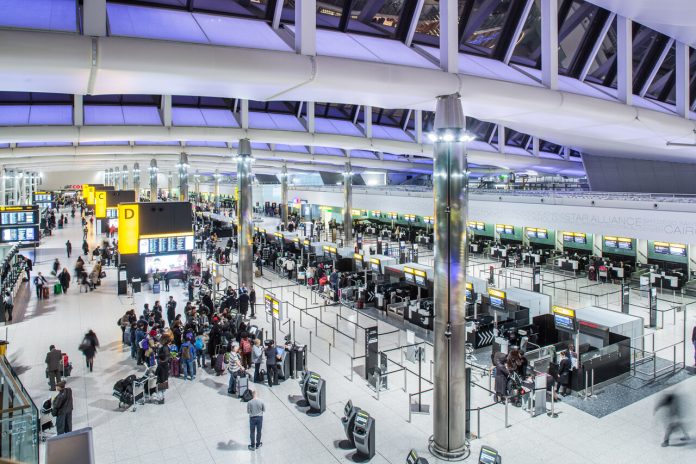African carriers posted a strong performance in September 2025, recording a 5.3% year-on-year increase in passenger demand, according to the latest global air travel data released by the International Air Transport Association (IATA). The growth places Africa among the leading regions for international passenger expansion during the month, reflecting continued recovery and rising connectivity across the continent.
IATA reported that total global passenger demand, measured in revenue passenger kilometers (RPK), rose 3.6% compared to September 2024. Capacity increased by 3.7%, resulting in a load factor of 83.4%, only 0.1 percentage points lower than the previous year.
International travel was the main driver of global growth, expanding by 5.1% year-on-year, while domestic travel grew by 0.9%. Capacity for both international and domestic markets rose by 5.2% and 1.1% respectively, with load factors remaining consistently strong.
African airlines matched Latin America for the third-highest regional growth rate. Capacity for African carriers increased by 5.1% compared to September 2024, slightly trailing demand growth. The region’s load factor stood at 74.7%, a marginal rise of 0.1 percentage points, making it the only region aside from Asia-Pacific to record an improvement.
Globally, Asia-Pacific carriers led international growth with a 7.4% increase, powered by a 9.4% surge in intra-Asia travel. European airlines grew 4.0%, while Middle Eastern carriers expanded by 6.3%, supported by strong connecting traffic flows through regional hubs. North American carriers saw the slowest performance with a 2.5% rise in demand.
On the domestic front, total demand increased 0.9% year-on-year. Brazil once again led the global domestic market with double-digit growth, while the United States posted a deeper contraction of -1.7%, resulting in the weakest load factor among major domestic markets.
Commenting on the global performance, IATA’s Director General, Willie Walsh, said the 3.6% overall growth was driven largely by international markets, which contributed 90% of total expansion. He added that airlines remain focused on meeting rising demand despite persistent supply chain challenges.
With November schedules already showing a planned 3% global capacity increase over last year, airlines—including those on the African continent—are positioning for continued momentum into the year-end travel season.













